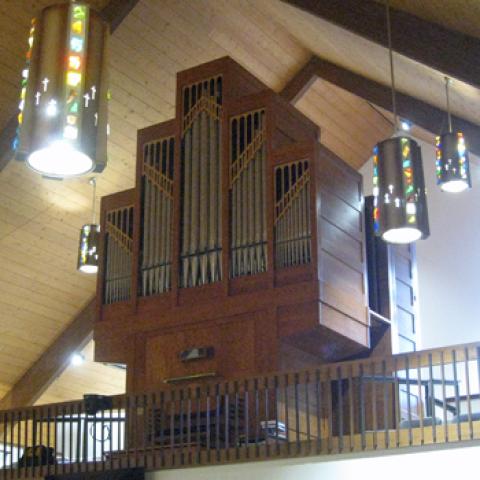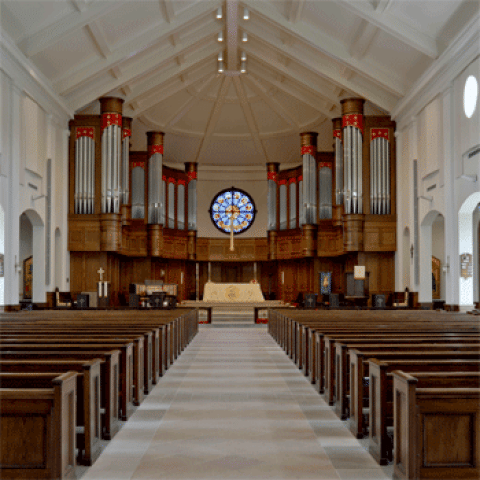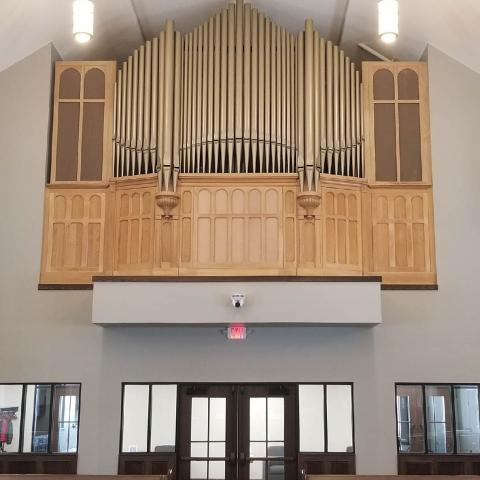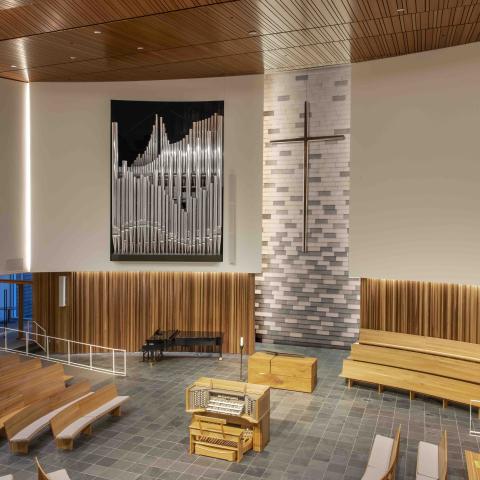
The service department of Buzard Pipe Organ Builders, Champaign, Illinois, has relocated a 1974 Phelps mechanical-action organ for use as a practice instrument at the University of Tampa, Florida. Factory work included comprehensive action refurbishment and improvements, and the installation of a prepared-for 4′ Flute. (See “Restoring a 1973 Phelps Practice Organ,” by Viktoria Franken, May 2017, pp. 26–27.) Buzard has also restored and relocated a 1945 M. P. Möller “Artiste” (Opus 7212) of three ranks to St. Paul’s Lutheran Church, Brimfield, Illinois.
There have also been projects involving console renovations for the Wicks organ at Fairbury Presbyterian Church, Fairbury, Illinois; the Gratian organ at Fairbury Methodist Church; the Pilcher organ at Grace United Methodist Church, Rockford, Illinois; and the Wicks organ at Peace Lutheran Church, Thomasboro, Illinois.
For information: https://buzardorgans.com.







